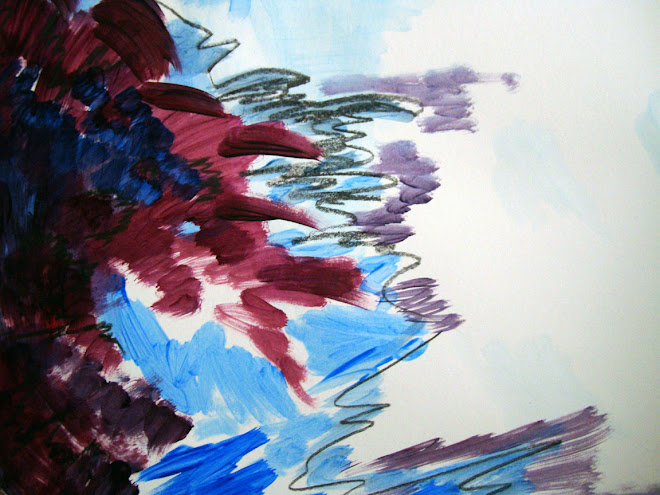ICP International Center of Photography Asia Society and Museum New York June 11-September 5, 2004 Curated by Wu Hung and Christopher PhillipsWang Qingsong, Past, Present, Future, 2001, digital c-print (triptych)
New York, August 2004

EMIL MEMON November 25, 2004
New York City
PROJECT MISHIMA
Project Mishima is based on the extraordinary personality of Mishima the famous Japanese post-war writer, some of his short stories and a series of photographs for which Mishima posed. The photographs by photographer Eikoh Hosoe were published in his book Ordeal by the Roses in 1961.
The project has 3 main parts; film,series of 5 large format drawings and a series of photographs. The photo session that produces the photographs is the integral part of the film. The result of this project will be presented as a straight film projection as well as flexible space installation.
The reason that Mishima interests me are the power of his writing, the visual imagery of the photographs for which he is using his own body as a symbolic projection of his writings. He sees his nationalism, militarism and the cult of the Samurai as an antidote to western capitalistic values overtaking Japanese society, although at the same time his political values are in contradiction with his strong humanistic art. Similar to Pasolini his sexual and political passions and his intellectual nonconformist brought him to a logical and tragic end in a ritual suicide (seppuku) in the headquarters of the Japanese army in Tokyo. The Hollywood film Mishima touched on this subject.
I’m fascinated with the work of artists of the second half of the 20th century, a period that is becoming disconnected and remote to our (more and more bizarre) reality. He is a co-traveler with Fasbinder, Beuys, Warhol, Margarite Duras, etc., artists that worked between madness of WWII holocaust and new millennium, our time of extreme contradictions of technological quantum leaps on one hand and obscurant religious wars and total collapse of civil society in large parts of the world on the other. It’s a new world where fiction in its extreme form can materialize in reality as our collective nightmares, like in a Tarkowsky movie Solaris. These artists have their roots in WWII and they reflect with a critical eye on the postwar insecurities that are being manifested at that time in a collective will to forget horrors of the war through material reconstruction and the creation of a massive consumerist society as a painkiller. In theirs criticism and pessimism is incorporated basic optimism, hope and rationality. Briefly after the fall of Berlin wall and the end of Apartheid in South Africa, when a notions of Human rights as a guiding force
in world politics was being contemplated there was a sense of optimism and unprecedented possibilities for more humane future, future that learned not in a small way, from the work of post war generation of artists, from the horrors and mistakes of the first half of the century. When I contemplate their work I realize that their voices are fading away fast. To retain minimal sense of reality and a memory of a possibility of more humane world, it’s important to maintain connection with that exceptional generation of artist and their work.














ICP International Center of Photography Asia Society and Museum New York June 11-September 5, 2004 Curated by Wu Hung and Christopher PhillipsWang Qingsong, Past, Present, Future, 2001, digital c-print (triptych)
New York, August 2004

No comments:
Post a Comment